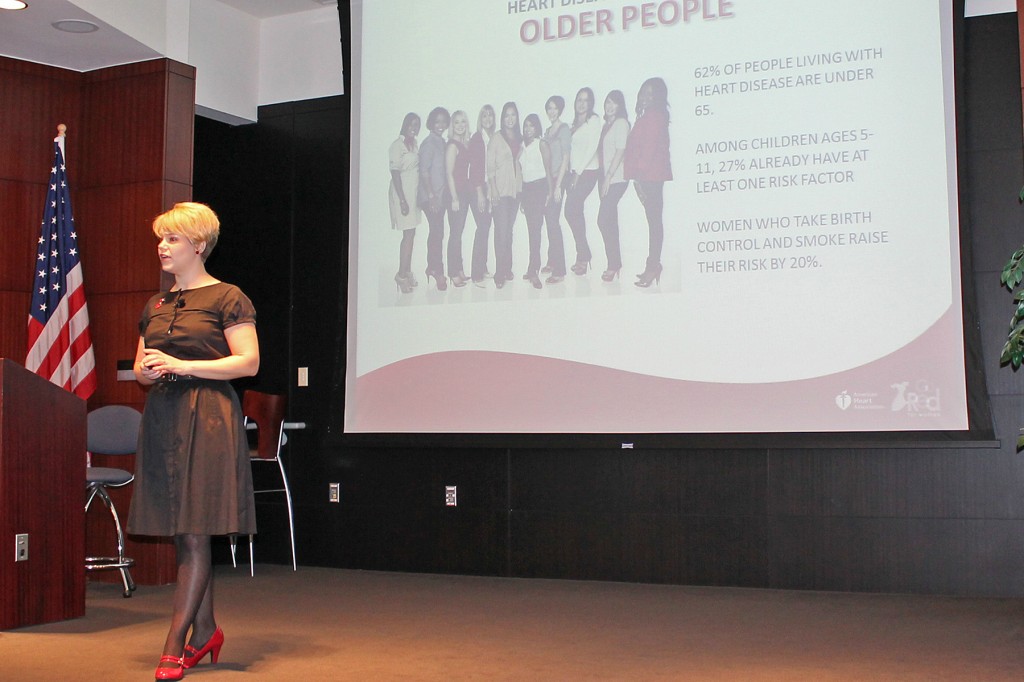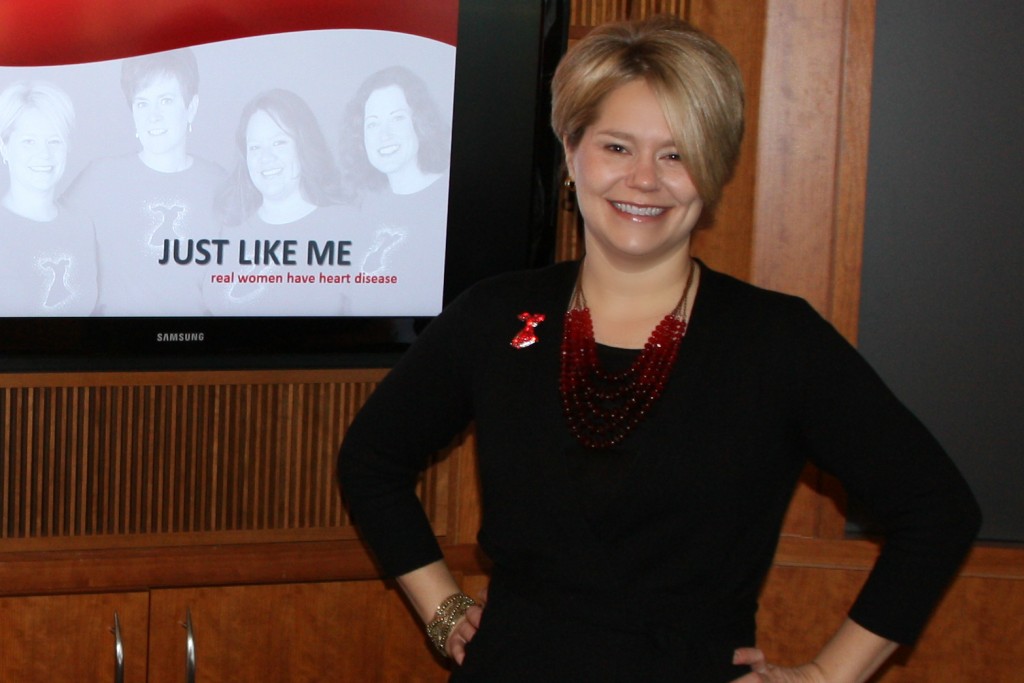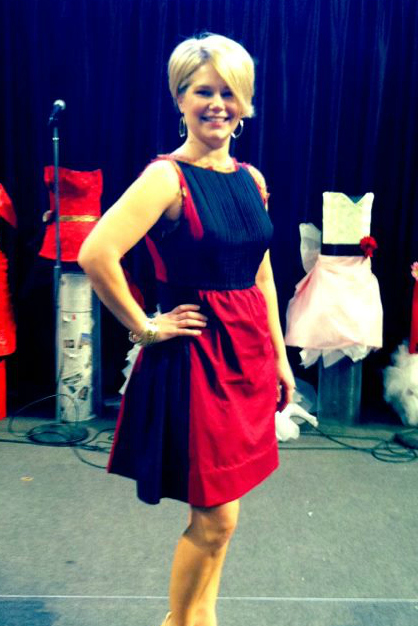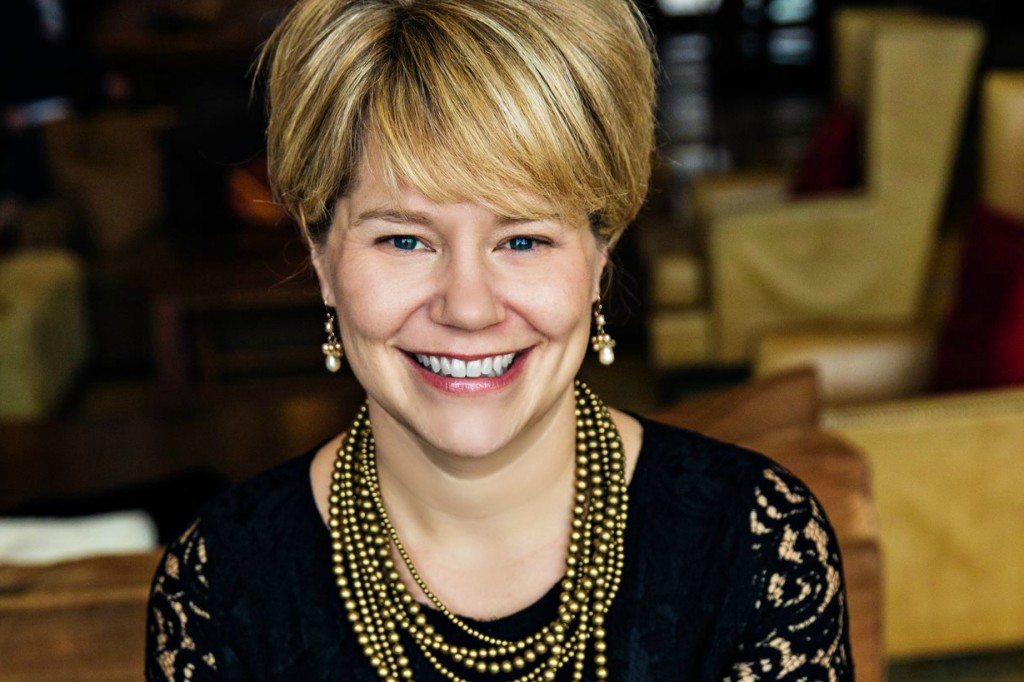“Lean in” (usually appearing as #leanin, and only sometimes ironically) has become a kind of shorthand among my female friends, an expression of encouragement, pride, or solidarity that can range in meaning from a collective, been-there groan at some workplace unfairness or a you-got-this-you-go-girl rallying cry.
It started a little over a year ago, when I finally read the Sheryl Sandberg book and encouraged others to do the same so we could talk about it. I especially wanted to talk to my women friends about this fact: men will apply for a new position if they estimate they meet 60 percent of the job’s requirements; women will only apply if they believe they meet 100 percent.
It’s more than a year later and I still can’t get over that statement. Enter the Confidence Code: The Science and Art of Self-Assurance—What Women Should Know by journalists Katty Kay and Claire Shipman (also authors of Womenomics). I first read an excerpted article in the Atlantic Monthly by the authors and within minutes my copy of the book was on its way.
That women display less confidence (at least as currently defined) in the workplace is presented as a given; that that holds them back more than anything else — experience, ability, intelligence — is explored and explained. The second part of the book breaks down myriad potential reasons why that happens — nature, like hormones and brain physiology, or nurture, what’s rewarded in school or at work. It ends with some advice for developing confidence, and some reassuring proof that confidence can indeed be learned. (All of this told through equally reassuring stories that even the most accomplished women can fall into the confidence gap. It’s not just you.)
Some more stand out concepts for me:
- Men doubt themselves sometimes too. The difference is they seem better able to shrug it off and try again. In broad terms, men often ascribe a failure to lack of a certain skill or bad luck. A woman ascribes a failure to some flaw in herself. This is huge.
- In the inverse, women will often ascribe their accomplishments to luck or “being in the right place at the right time.” How often have you heard a man say that?
- Yes, men’s and women’s brains work differently. Not better/worse, just different. (I also found this chapter helpful in thinking about raising boys.) And women’s brain function may also be an advantage in the hyper-connected information economy. Our particular brand of confidence may be just what the workplace needs.
- Over working, over thinking, over preparing, and a propensity for perfectionism was rewarded in school but is not in the workplace. Perfect is the enemy of the good. Fire, Ready, Aim. Ask forgiveness, not permission. You’ve heard these. Try them sometime.
- You can learn confidence. Though you may be born with a genetic propensity for it, it can be learned, just like any other skill.
I have worked in nonprofit communications and marketing for almost all of my career, and much of that with mostly women. I have seen the confidence gap in full force. I know women (yes, plural) who have not applied for positions because they didn’t meet 100% of the requirements. I have seen men with less experience and competence pass them over. The same has happened to me.
The Confidence Code provides plenty to think about for leaders, managers, and professionals who seek to develop and mentor talent, who make promotion and salary decisions, or who think about their companies’ succession plans. And for all women, it’s time for a hard look at our own confidence in ourselves. It’s tough to #leanin if you don’t believe you can. Reading the Confidence Code doesn’t necessarily make it easier, but it does help to understand why it is hard.
For more
Here’s the Atlantic Monthly excerpt if you are looking for a shorter read. My favorite quote: “If life were one long elementary school, women would be the undisputed rulers of the world.”
Try out this confidence assessment. It’s interesting to take and consider your own results.
More about Lean In from Breanne.
A version of this post appeared previously on the Minnesota Do Gooders Club.
 Breanne pointed out that I look most confident doing my Go Red thing. She’s totally right.
Breanne pointed out that I look most confident doing my Go Red thing. She’s totally right.
 I am a fan of the power stance, it’s true. Did you know just holding that position (or taking up a lot of space in a chair, like a man does) spikes your confidence?
I am a fan of the power stance, it’s true. Did you know just holding that position (or taking up a lot of space in a chair, like a man does) spikes your confidence?

 Confidence comes from genes, sure, nurture, of course, but also experience, and by 40, I have some. (Kick-ass necklace doesn’t hurt either.)
Confidence comes from genes, sure, nurture, of course, but also experience, and by 40, I have some. (Kick-ass necklace doesn’t hurt either.)



